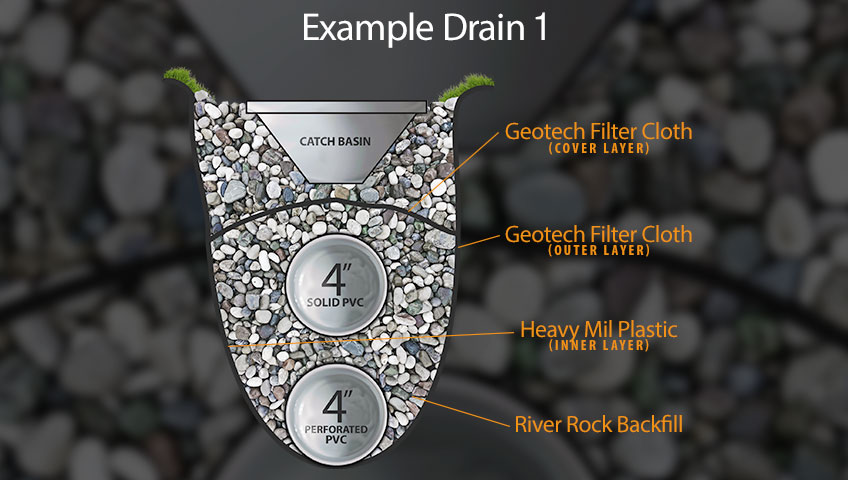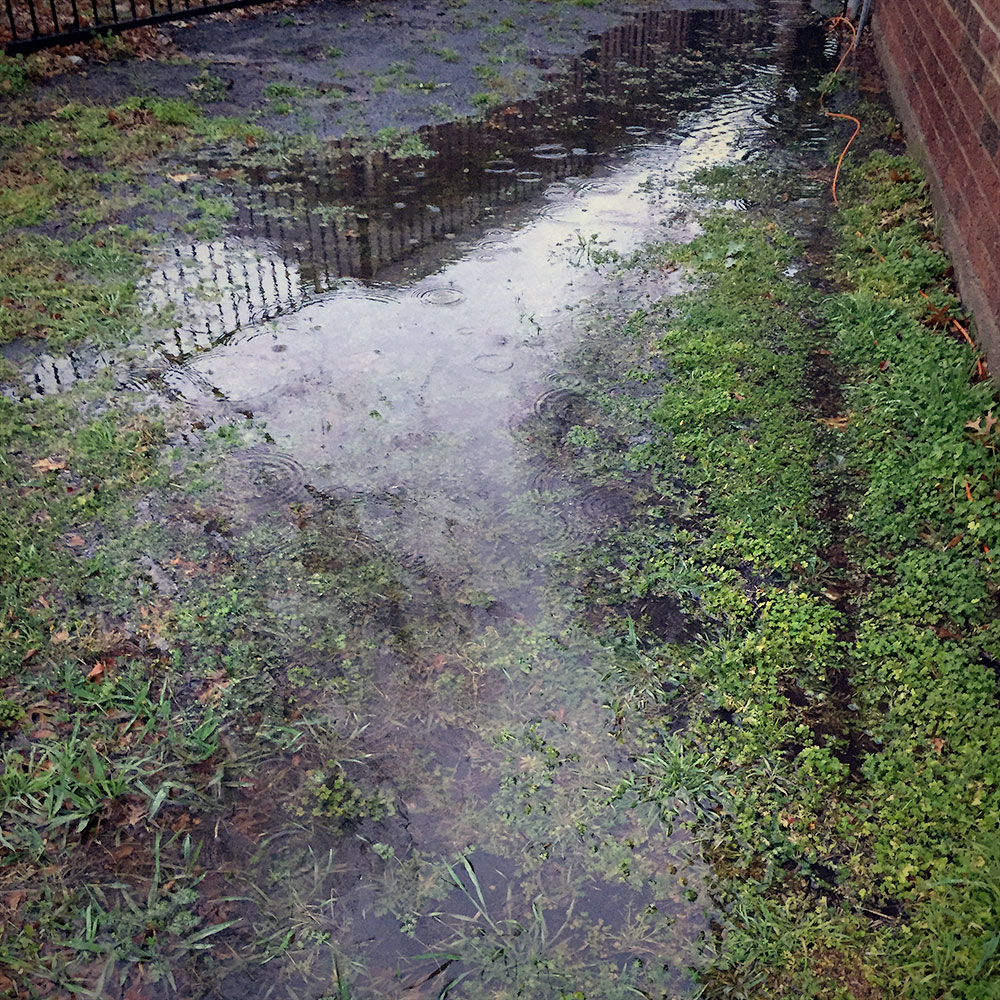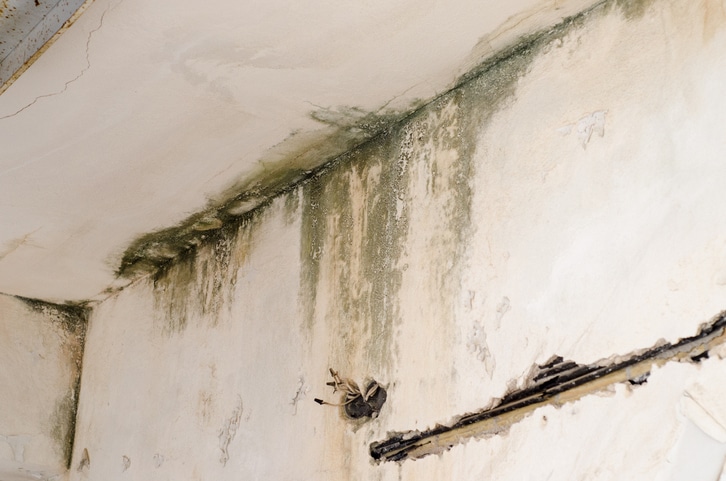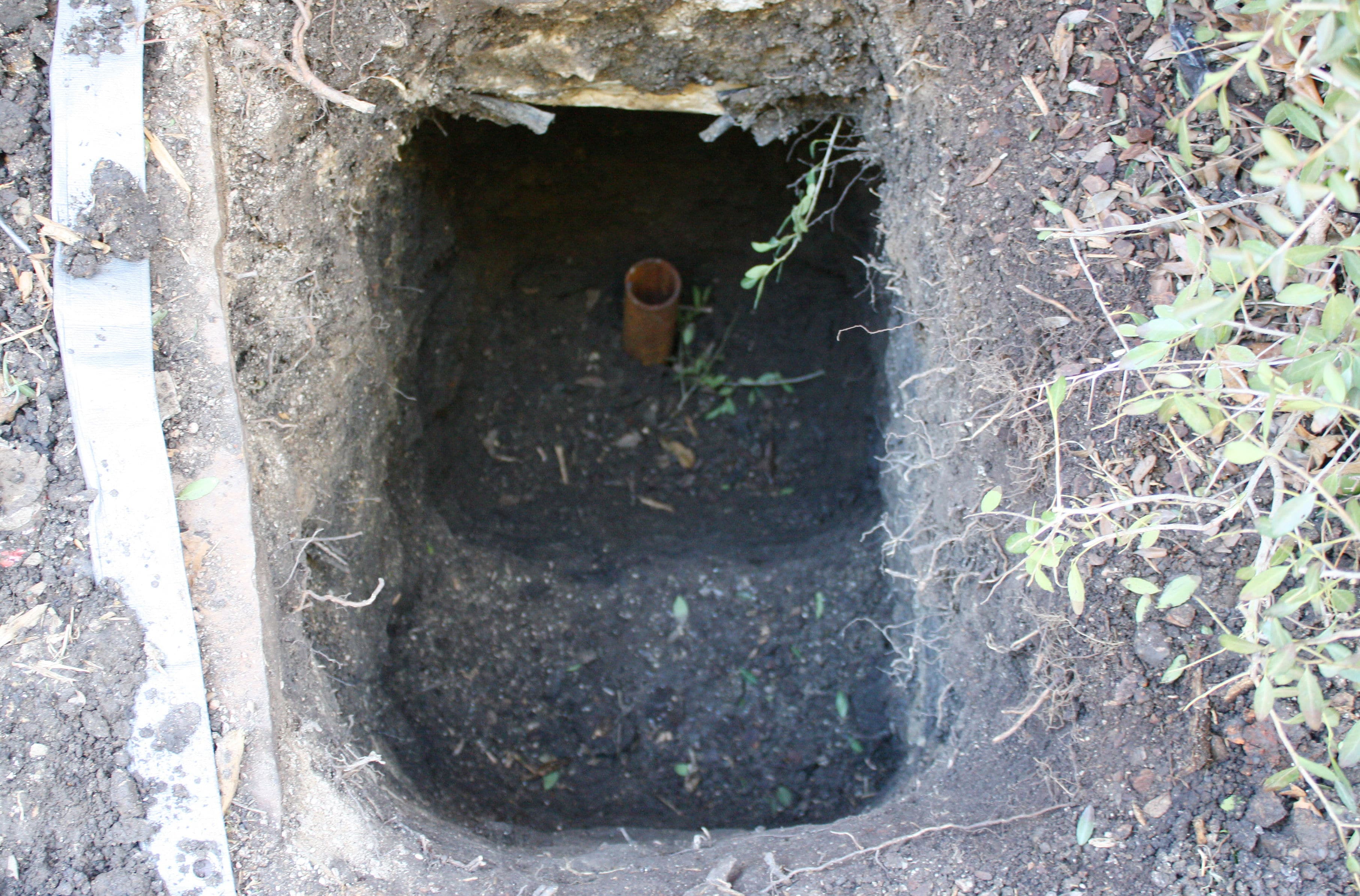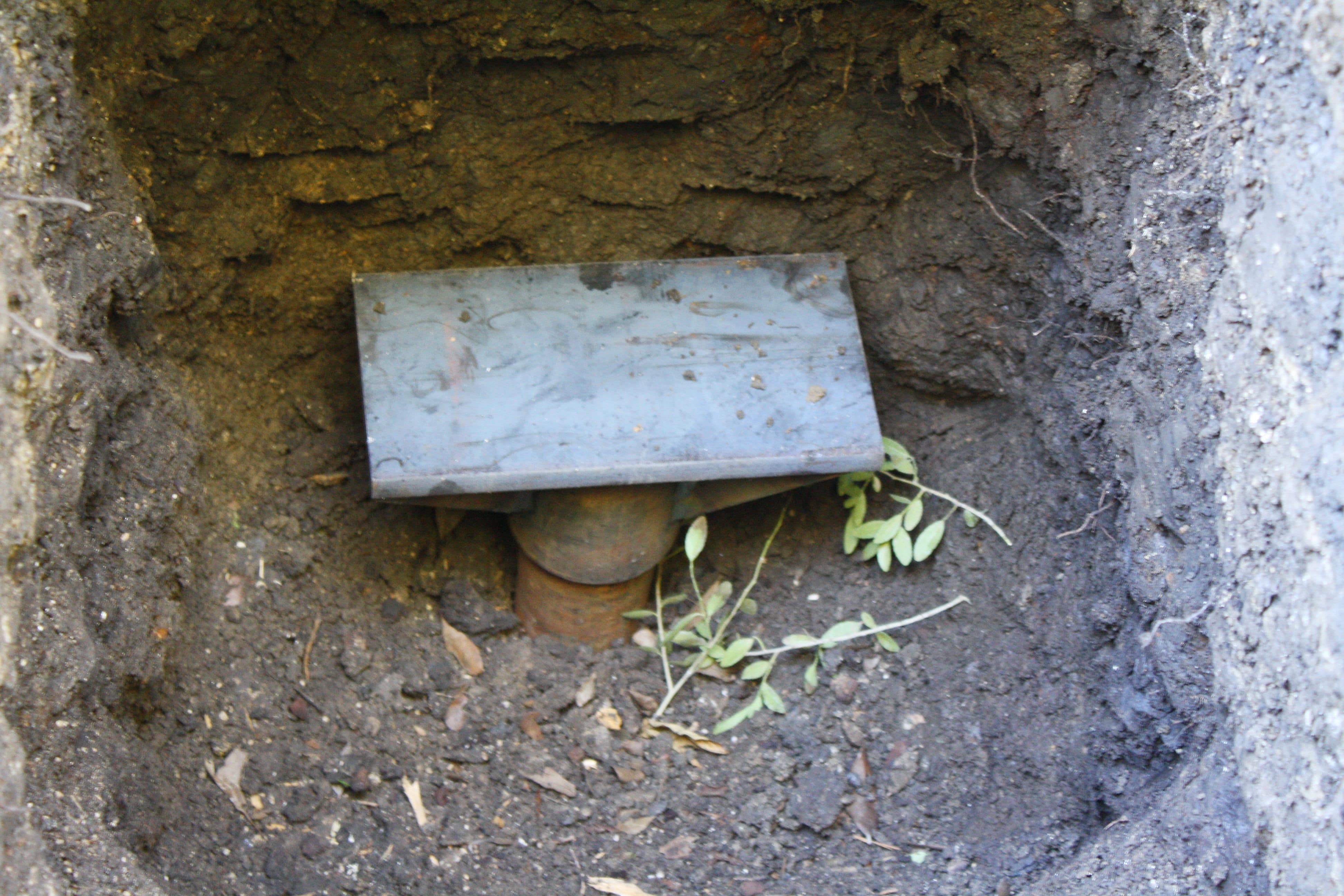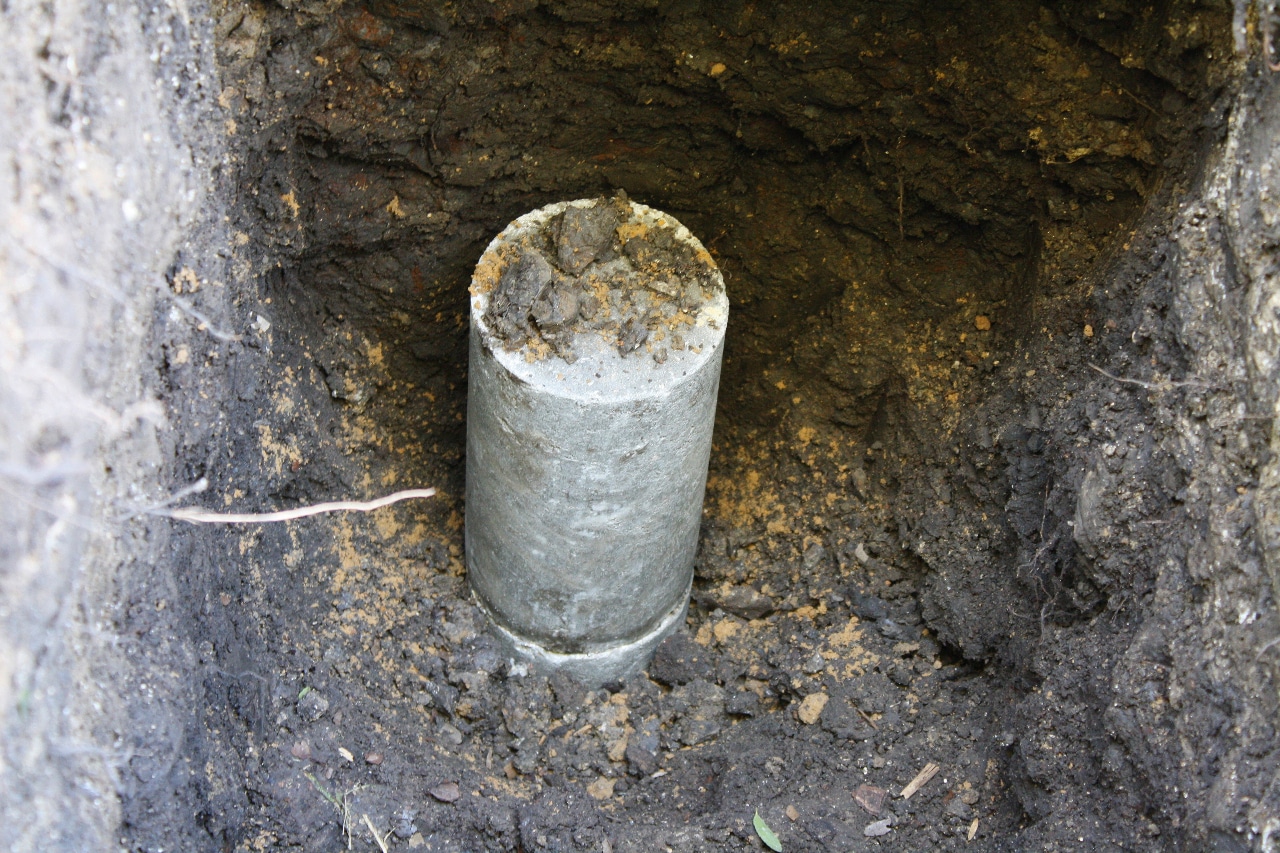Concrete slabs of various kinds may eventually begin to sink. This is especially the case in areas like Garland, Texas, where soil conditions are prone to back-and-forth expansion and contraction. One form of remediation is concrete raising, which is more or less exactly what its name suggests.
Concrete Raising Explained
So, what is concrete raising and how does it work? The process is also known as concrete leveling or slabjacking.
With concrete raising, you are doing just that, raising a concrete foundation that is sinking or sloping. There are two ways in which this can be done: via mudjacking or polyurethane foam concrete raising. Both methods are actually identical, differing only in the material used to raise the concrete.
During the process, holes are drilled into the slab to create an opening in which the technician can pump mud or polyurethane into the space and gaps under the concrete. Once filled, the holes are patched up with fresh concrete, and the process is complete.
Concrete leveling is especially effective for residential areas like patios, driveways, walkways, and the concrete bordering a swimming pool. These areas all consist of a concrete surface that may begin to sink or slope in one direction.
Why Concrete Raising?
The procedure is minimally invasive and works for both residential and commercial applications. This is also a more affordable option over concrete replacement. On average, concrete raising costs about half the price of replacing the entire sinking slab. Unlike replacement, raising concrete does not require demolition of the existing slab, hauling it off, and curing new cement. This translates to far less manual labor and hours on the job site.
The non-invasive procedure also means less disturbance to your property and neighbors. Your home or workplace does not become an excavation site during repairs. For you, it’s business as usual as the crew raises your concrete to its original placement. The process is quick and usually takes no more than a single working day.
We Raise Concrete Slabs
If you begin noticing the signs of sinking concrete, contact us at Align Foundation Repair. We offer concrete raising services throughout the Dallas-Fort Worth area. We will assess the damage and help you determine the best course of action to fix the damage and stay within your budget.



